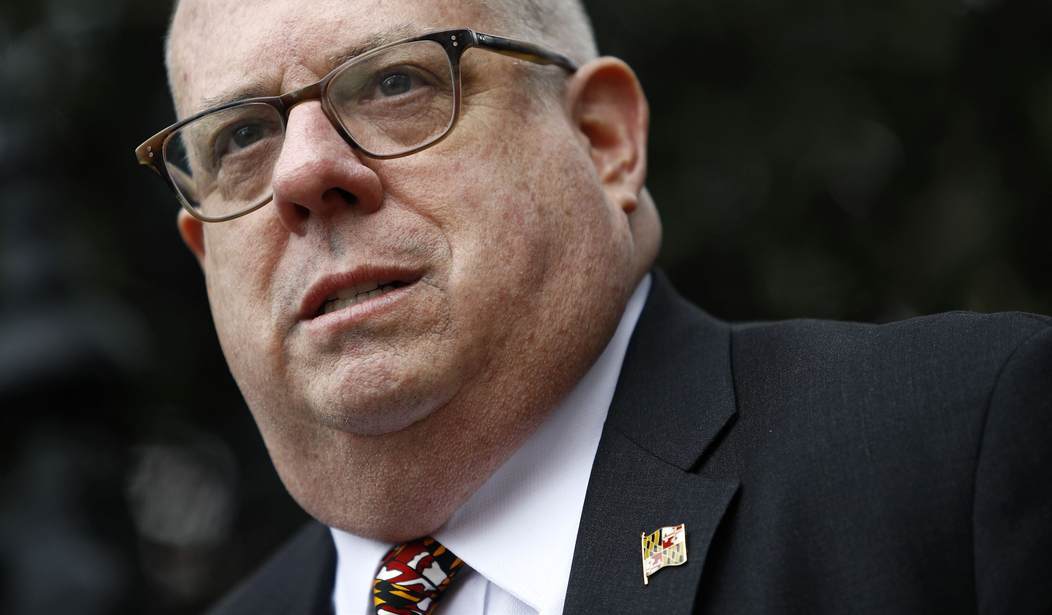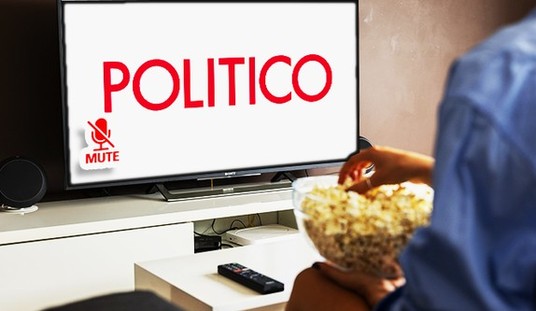After several months of toying with the idea of running for president under the No Labels banner, Larry Hogan announced a run for Maryland’s open U.S. Senate seat last week. The former governor has an opportunity to make this a real contest after decades of Republican candidates struggling to reach 40 percent of the vote while helping the party gain control of the Senate. Hogan, however, has a tight time frame to wage both a May primary fight and a November general election campaign and is in a narrow political lane.
READ: Larry Hogan Surprises Everyone by Announcing Maryland Senate Bid
Hogan, who is enormously confident in his political acumen, must overcome constraints created by ego and ambition. Perhaps the biggest liability is turning off a political base of conservative voters to get mainstream media attention as he jockeyed for position as a No Labels candidate. It’s one thing to be against Trump, as Hogan has been since 2016, but he alienated additional conservatives by criticizing Florida Gov. Ron DeSantis. Illustrating some of the clumsy messaging associated with the No Labels effort, Hogan told a panel of left-wing political elites last year that the J-6 Capitol Hill riot was the “worst thing that’s happened in our nation.”
BACKGROUND:
Anti-Trump Coalition and 'No Labels' Group Form Circular Firing Squad, With Predictable Results
Don't Look Now, but the 'No Labels' Third Party Threat Has Democrats on Edge
If Larry Hogan Says He's 'No Labels' Why Is He Playing to the Far Left?
Larry Hogan Uses 'No Labels' and His 2014 Playbook to Push His Shadow Candidacy for President
Such national ambitions and extreme rhetoric have induced apathy in the Maryland GOP, especially among those in the trenches who strive to make the party a conservative force in a state where Democrats heavily outnumber them. Consider a Republican-held fundraising event in Baltimore last October. Just months after finishing his second term, one might think that Hogan would feature prominently in a victory lap celebration to advance the party’s future. Hogan was ignored like he never existed.
Instead, the GOP turned to former Republican Gov. Robert Ehrlich and drew a crowd of some 400, including state and local party leaders, former Administration officials, and long-time party luminaries. Billed as a “salute” to Ehrlich, the event included speeches, a video of his years in office, and shout-outs to staff and cabinet secretaries. The exclusion of Hogan is stark, given he served in Ehrlich’s cabinet. If he’s out of sight, out of mind at a venue like this, imagine what will happen in the voting booth among likely Republican voters.
Even what appear to be assets to Hogan’s campaign are actually liabilities upon closer examination of his record. A 10-minute online campaign commercial this summer, when Hogan was considering a presidential run, touts accomplishments that escaped scrutiny given a news cycle focused on Trump and Biden.
We have already shown a better path forward. And if we can do that in Maryland, then there is no place in America where those very same principles will not succeed. pic.twitter.com/q7QwKSBURA
— Governor Larry Hogan (@GovLarryHogan) July 20, 2023
That will change once opposition researchers do some basic fact-checking where the lengthy commercial serves as a playbook for opponents.
For example, Hogan successfully campaigned on taxpayers fleeing Maryland to lower-taxed states under Martin O’Malley, the staunch left-wing preceding governor. Hogan proved it, using IRS data to make the point. Yet according to a Wall Street Journal analysis of the same data published in 2022, well into Hogan’s second term, Maryland joined high-tax states such as California, New York, and New Jersey, among those losing the most adjusted gross income.
A Hogan talking point is improvement in the state’s business climate. According to the latest numbers, using the same analysis Hogan used on the campaign trail, Maryland’s business climate ranks 45th in the country. The nonpartisan Tax Foundation lists states according to individual income, corporate, sales, and property tax burdens. The rankings have remained virtually unchanged since the O’Malley years.
Another purported asset is popularity. Here, mainstream media habitually cites Hogan for maintaining high approval ratings as governor. But the same can be said of former Republican Massachusetts Governor Charlie Baker, who, like Hogan, is a Trump critic. That plays well in a blue state and in the liberal press, but voters decide differently. Maryland Republicans certainly did in 2022, when a pro-Trump candidate in the primary soundly defeated Hogan’s chosen successor for governor.
Credit Hogan for rolling back some tax hikes and spending under O’Malley, who went on an eight-year big government binge. Hogan also exploited widely panned remarks from Baltimore’s former mayor during the widely covered 2015 race riots. These politicians were a gift for Hogan and such assists are not likely going forward.
The challenge now for the Hogan campaign is to identify voters looking for some type of alternative in a race that started without them. To win, Hogan will need to run on something more than a veneer of accomplishment and campaign like he’s going to earn the office rather than have it rewarded to him.
Jim Pettit was policy and communications director for Larry Hogan’s exploratory organization, Change Maryland, and served under former Gov. Robert Ehrlich.













Join the conversation as a VIP Member